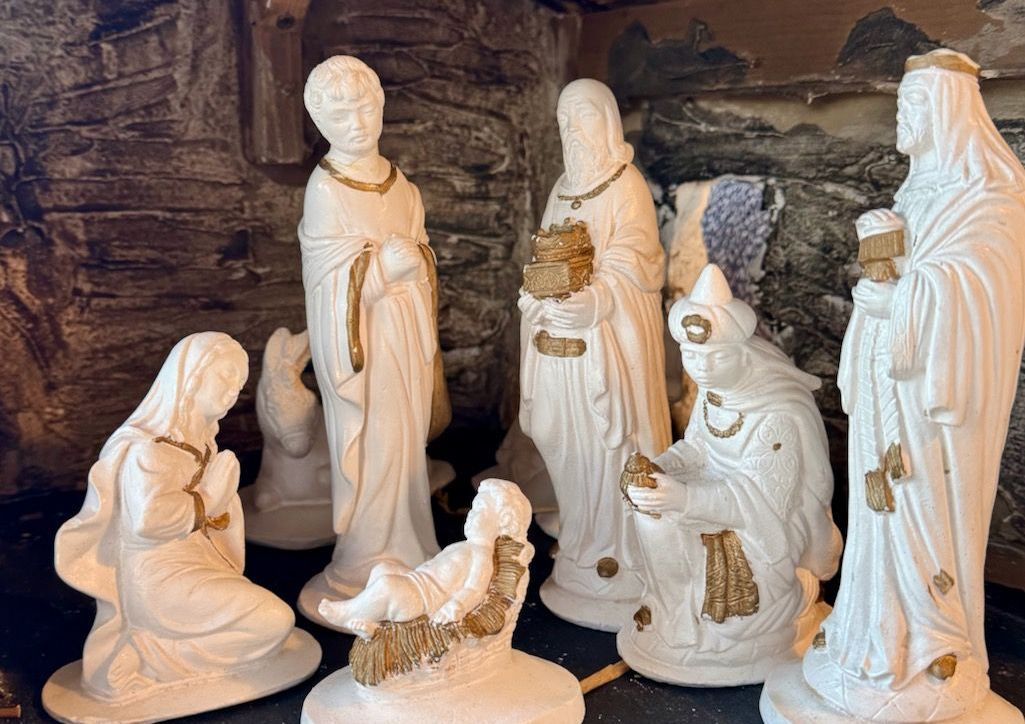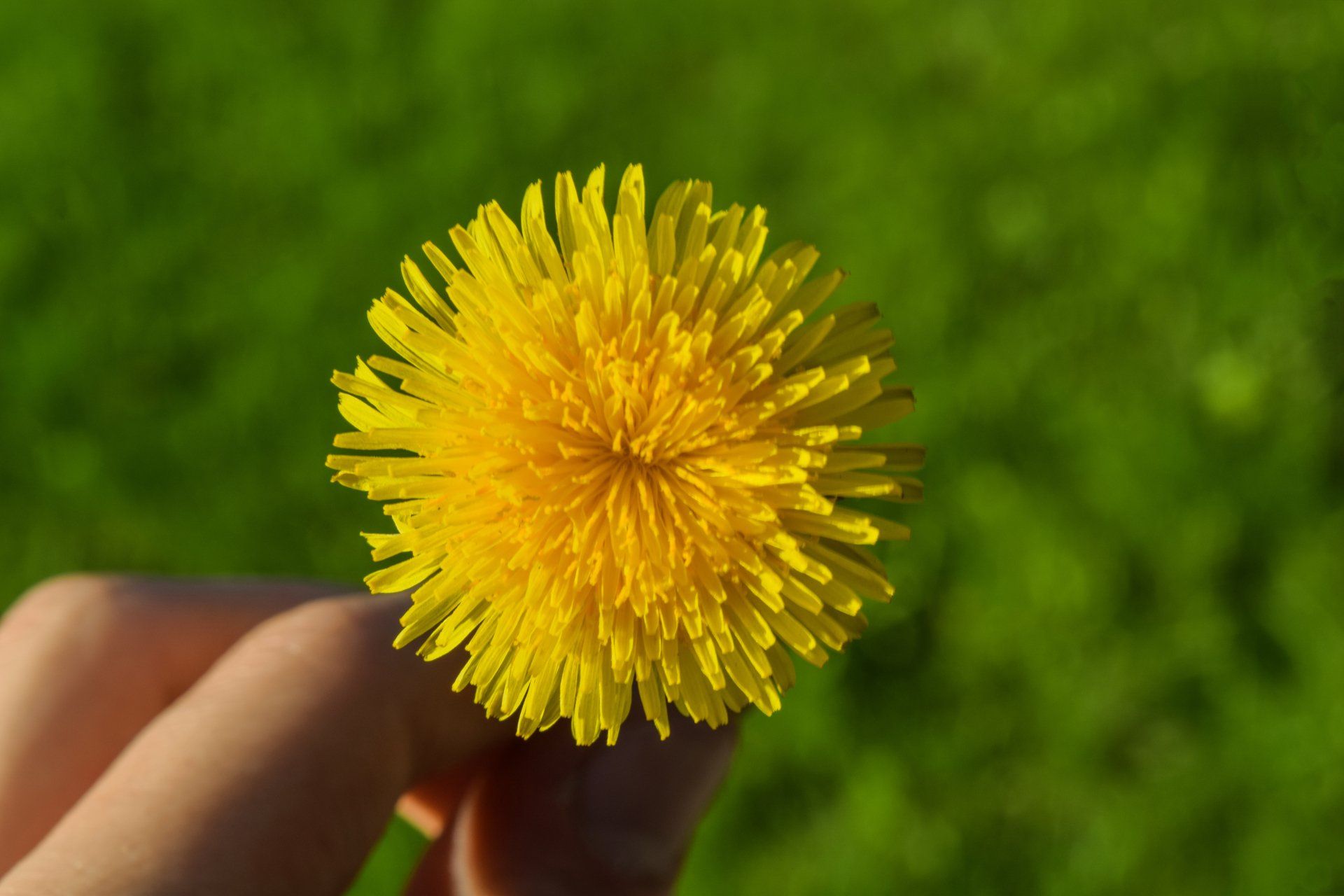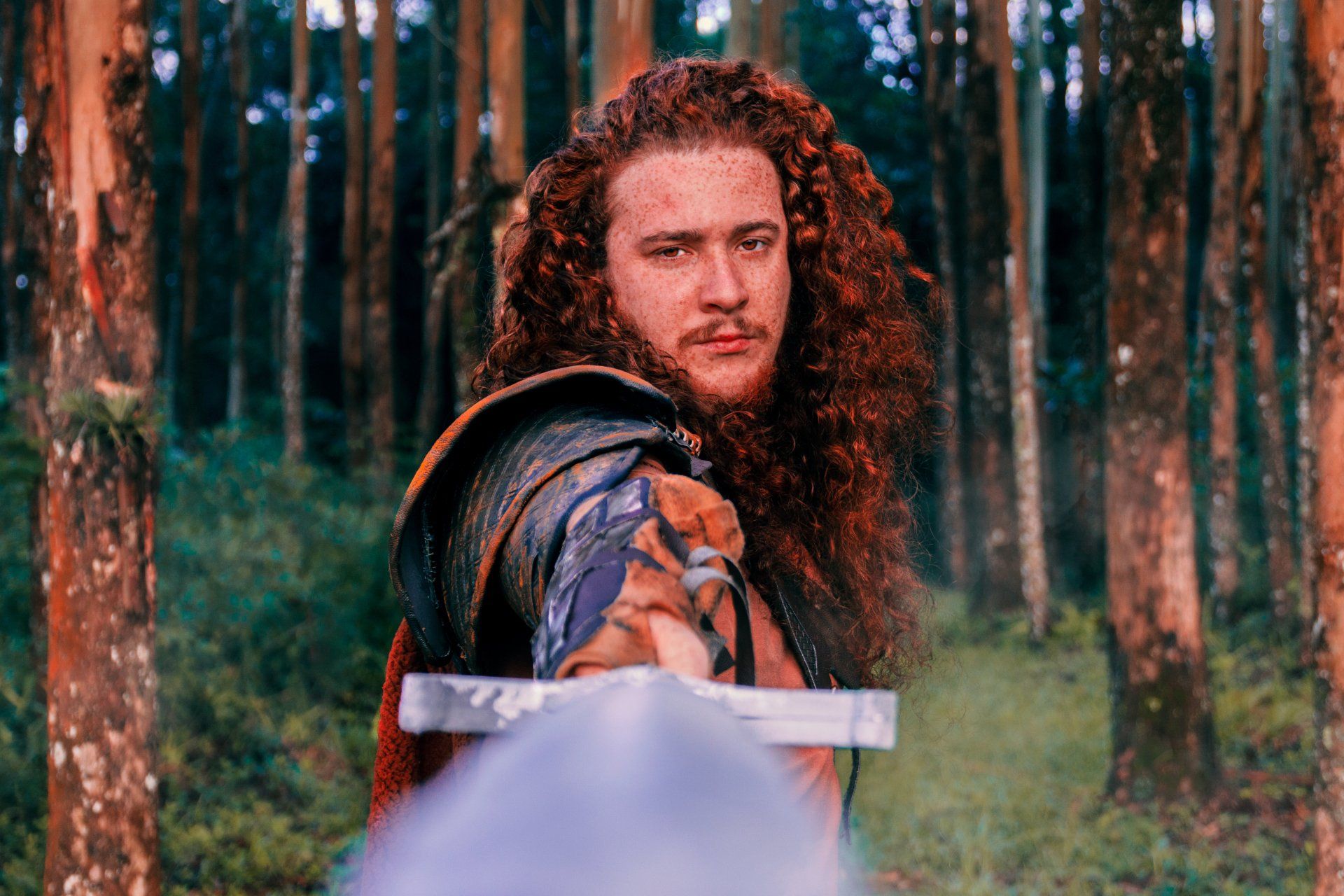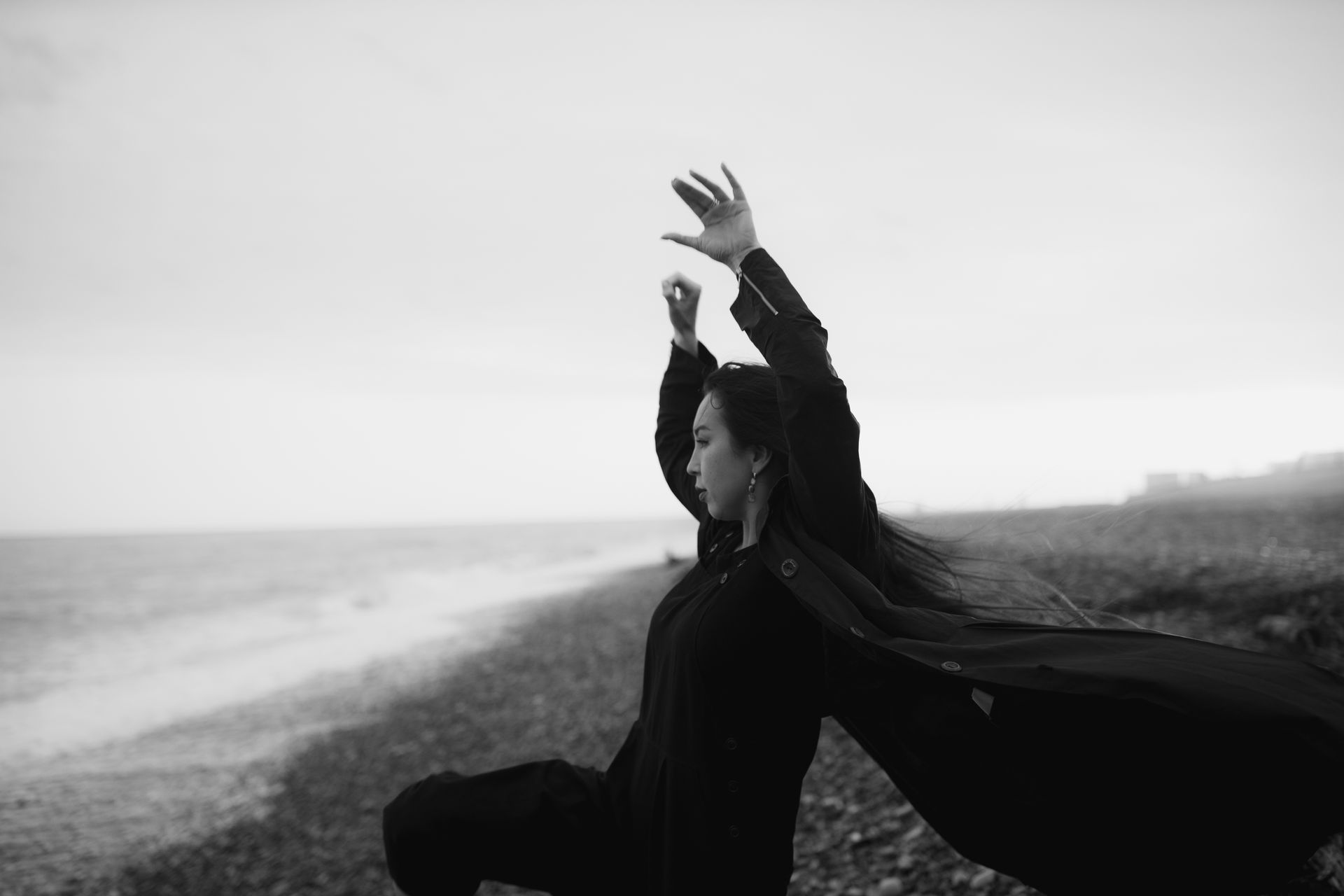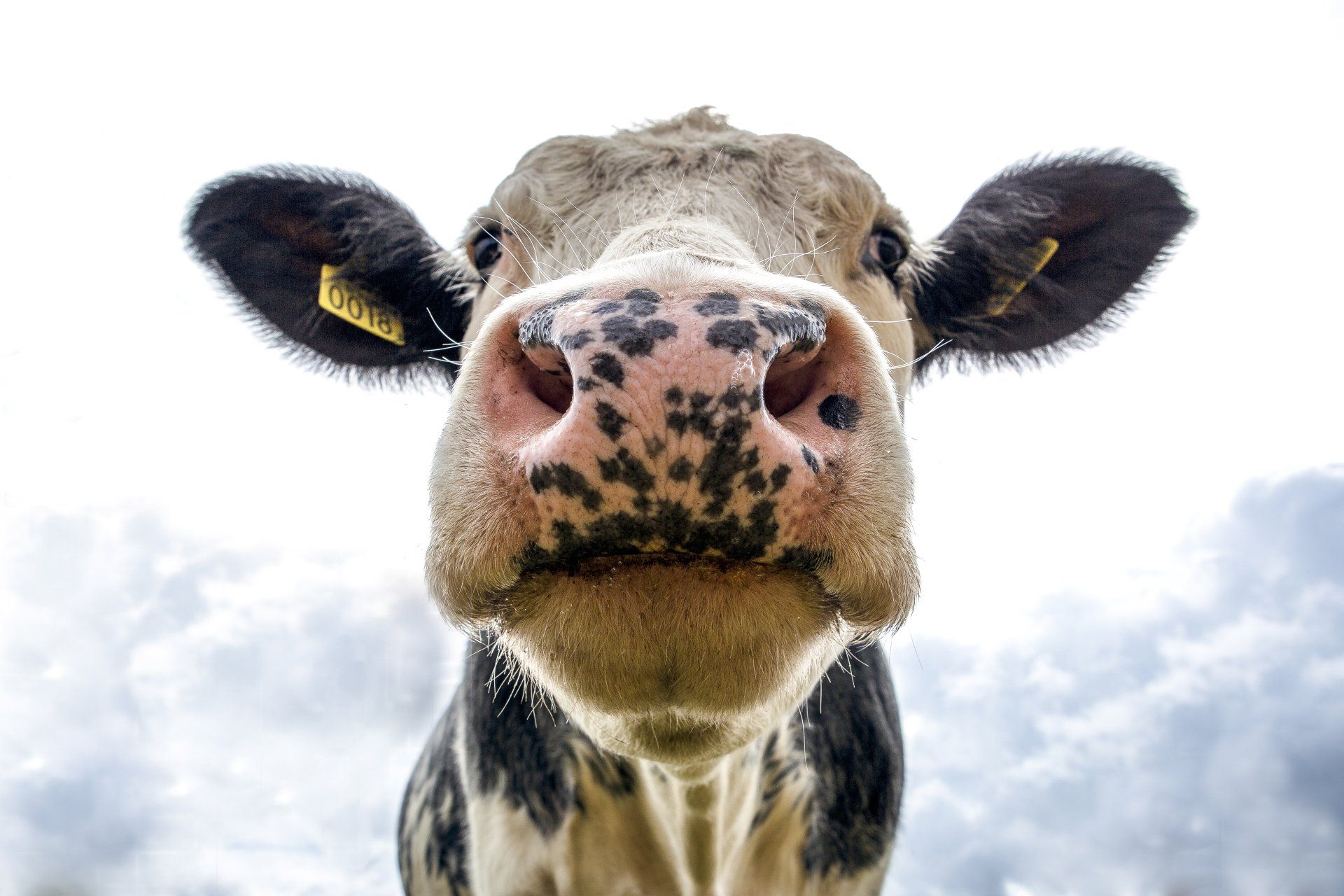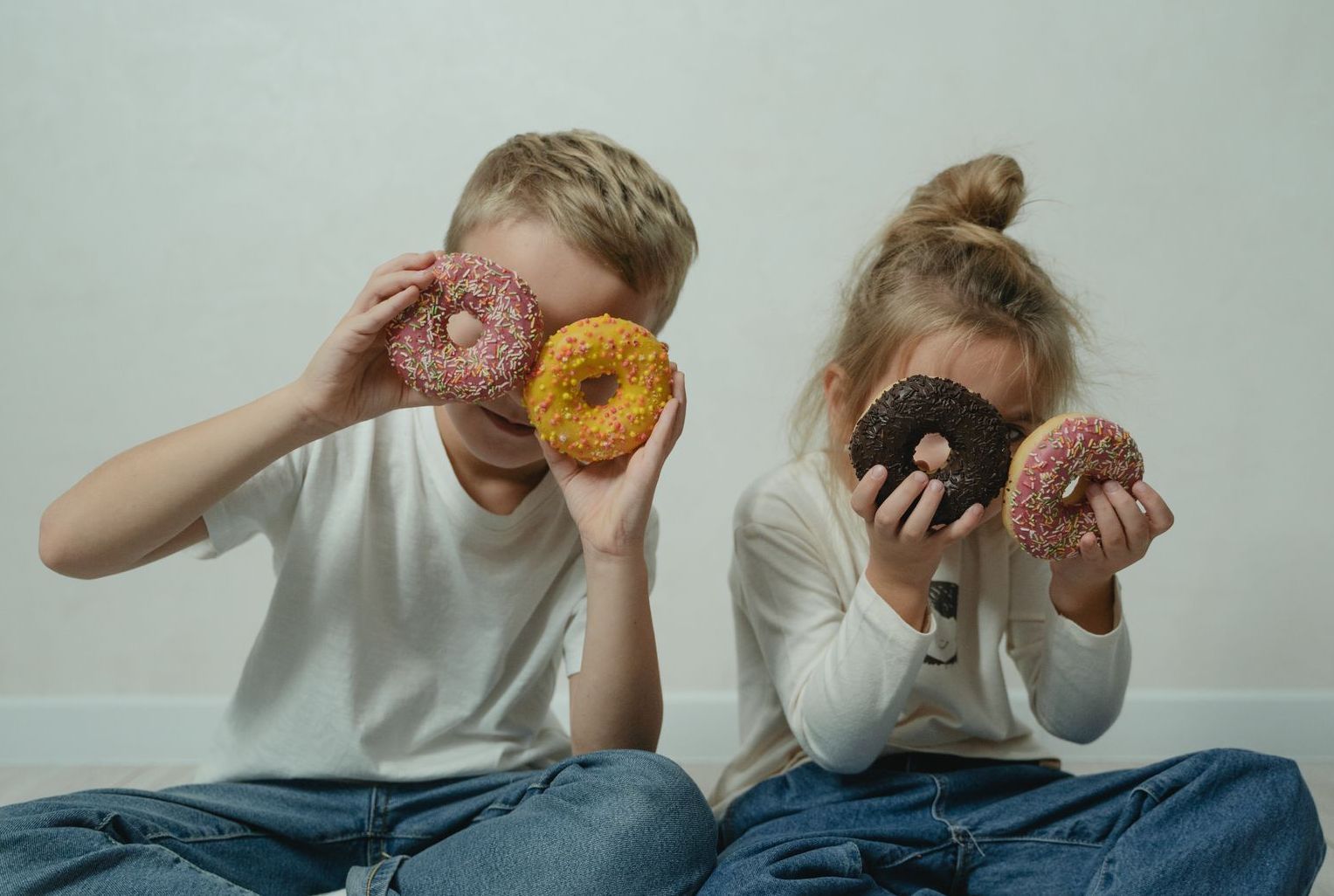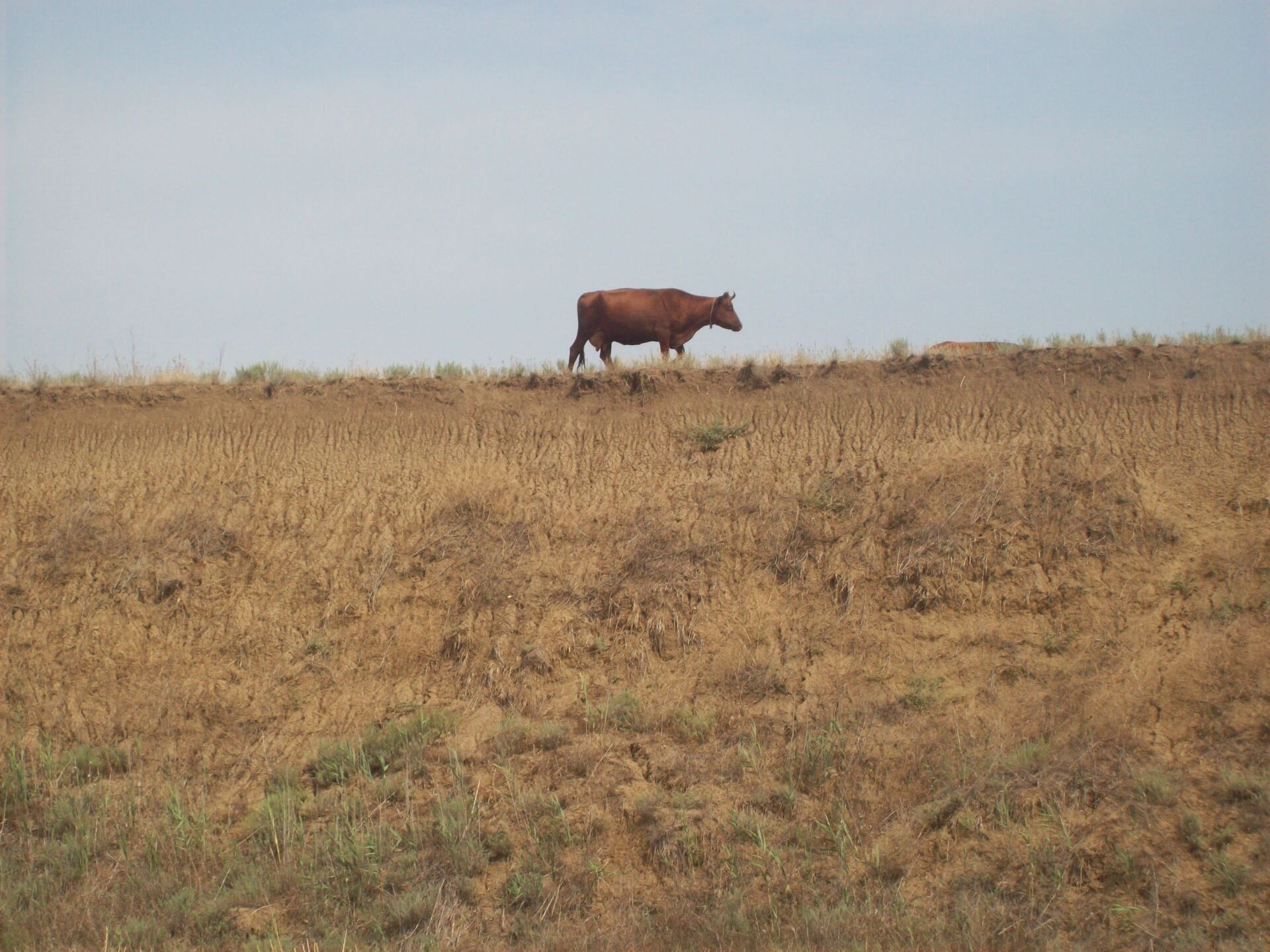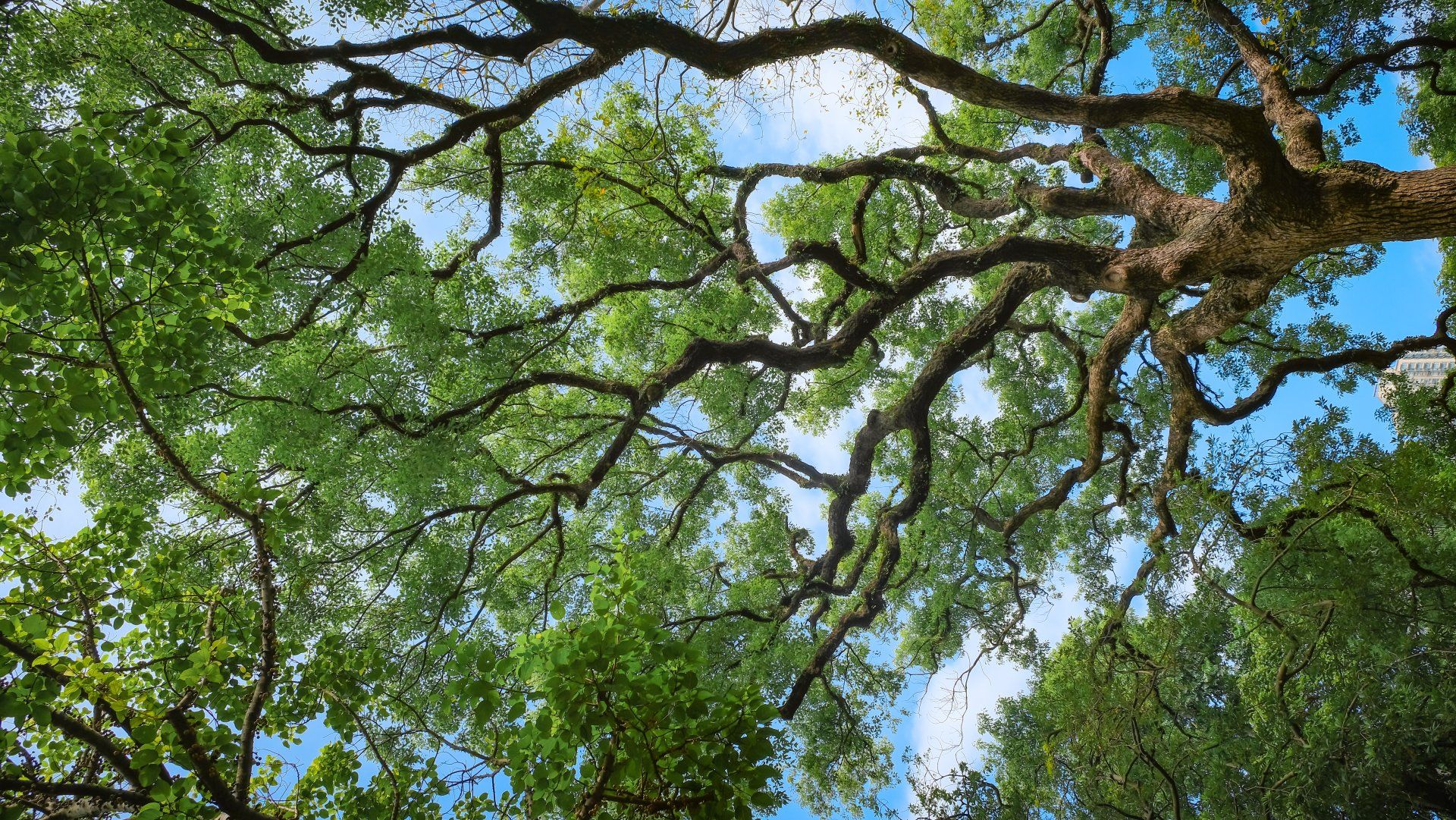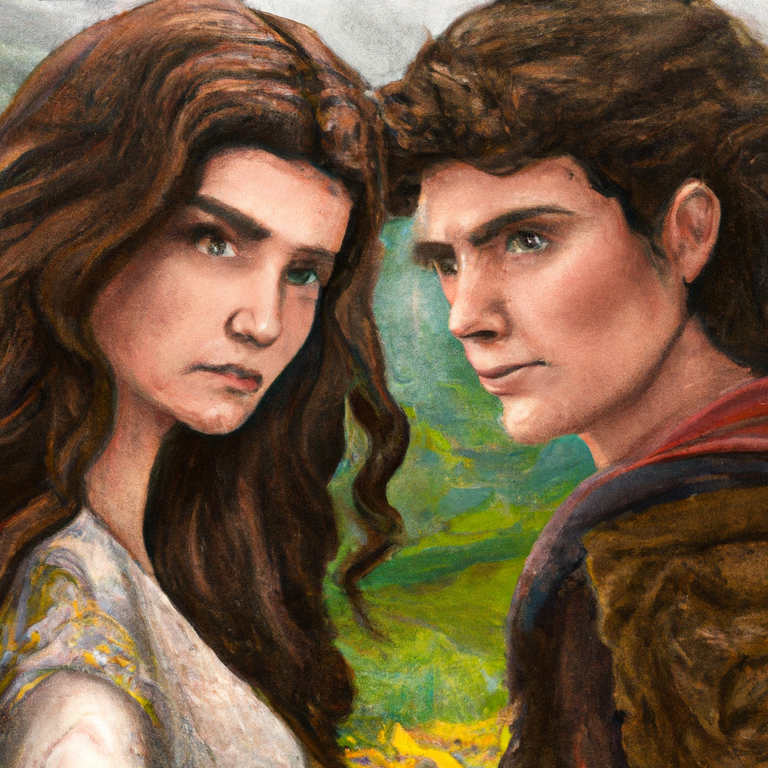An Mascallacht - The Great Masking of West Cork
Long before trick-or-treating, there was An Mascallacht
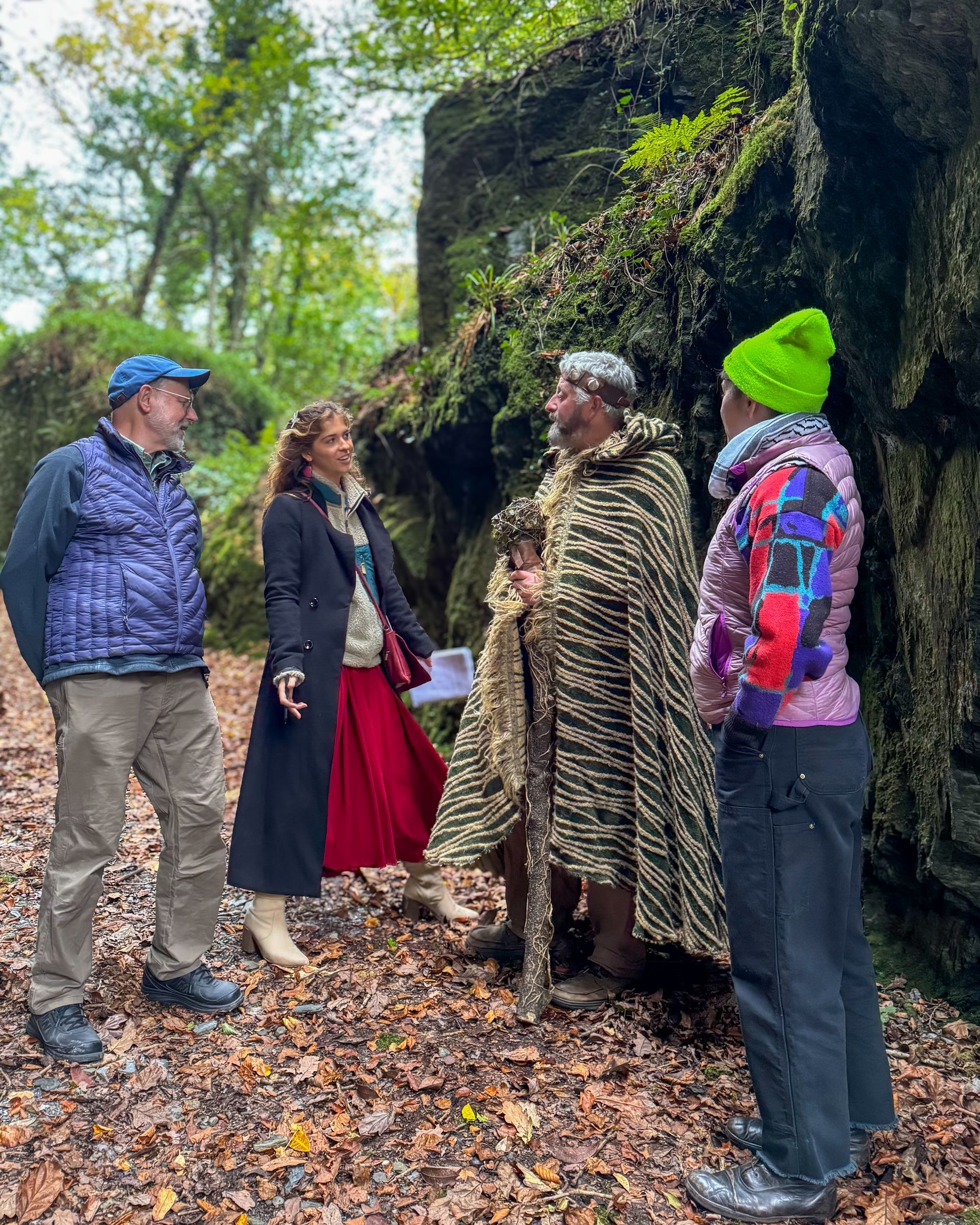
Growing up in West Cork, we didn't have pumpkins or get bags of sweets, but we did have something far older, a ritual of disguise, of mischief, of stepping across the threshold between the living and the otherworld on Oíche Shamhna / Halloween.
When darkness fell in my local village of Castletownshend, neighbours and children alike would transform themselves. Faces were blackened with soot, cereal boxes were turned into masks, old coats turned inside out, and voices disguised beyond recognition.
This was the An Mascallacht (some spell it without the t) lit. "the great masking", on a night when no one was quite who they seemed, and when our world and the "other crowds" came together.
As kids we would move from house to house in small, shadowy groups, chanting, rhyming, and calling for hospitality, normally a few coins dropped into our tin can, but Barbara Vickery the American lady who lived in Bow Hall used to serve us delicious brownies (this was in a an era when brownies were an unknown quantity here in West Cork). My grandfathers generation used to get few handfuls of potatoes from the clamp!
But there was more to it than simply begging for few coins. The masks carried magic, protection even, and to refuse the masked ones at the door was to invite the mí-adh or ill luck for the year ahead and the possibility of mischief befalling your family. Gates would be takes off their hinges and be found hanging from the nearest tree. Donkeys would be untacked, their carts disassembled and it would all be reassembled in someones kitchen (including the donkey being reattached to the cart) while they were out of the house.
The version we keep alive on our A Scare at Samhain experience draws on this old tradition I grew up with, the rhythm of its words, the pulse of its mischief, and the power of its performance. It’s a living echo of the wild West Cork nights when stories were currency, and fear and laughter shared the same breath.
For those who are interested here is the ancient Irish language chant we used to recciet at the doorsteps back in the 70's. While we also had an English language verse, it was clearly a version written for the big houses in the village in the late 19th century and was described in the schools collection as "some English doggrel". Last year, I penned a new English verse with Irish words that is more in keeping with the authentic lore of Samhain. I hope you enjoy it and even better if you use it over Halloween.
An Mascallacht
Ahem! Ahem! Anocht Oíche Shamhna
Cuir muc in ár measc, cuir muc d'ár gabhla,
Cuir leic ar líon, cuir líon ar leic
Cuir sop ins na fuinneoga
Cuir clár ins na sióga.
We dance in the shadows, as Tonn Chlíodhna roars,
The bean sí wails where Beann tSídheáin soars.
Beware the gan ceann on his horse of dread,
No head on his neck, look up and you’re dead!
The ollphéist stirs in the depths of the loch,
While the síofra waits, watching the clock,
Light the blessed candle, keep iron & dirt by the door,
Lest they come for you, when Samhain’s winds roar!
Fanaigí ciúin, faoi scáil na spéir
Tá siad ag teacht!
Olagón! Mo léir!
These words are both playful and haunting, and rooted in dúchas, that deep sense of place that ties us to the land and its stories. In these words, the spirits of Samhain still stir: Clíodhna, very much associated with Glandore and often given as queen of the Mná Sí; the restless gan cheann / the headless horseman who rides towards midnight Mass on Cnoc Droma near Castletownshend; the lurking ollphéist; and the watchful síofra biding its time.
To mask oneself was to acknowledge the wildness that lingers at the edges of our world. So this Samhain, as the wind moans over Cuan Dor and the scarecrows of An Léim / Leap nod in the dark, remember An Mascallacht was never just about disguise. It was about balancing our christian world view with a much older pagan belief system. About facing the darkness with laughter, and meeting the otherworld halfway.
Happy Halloween to all our readers.

